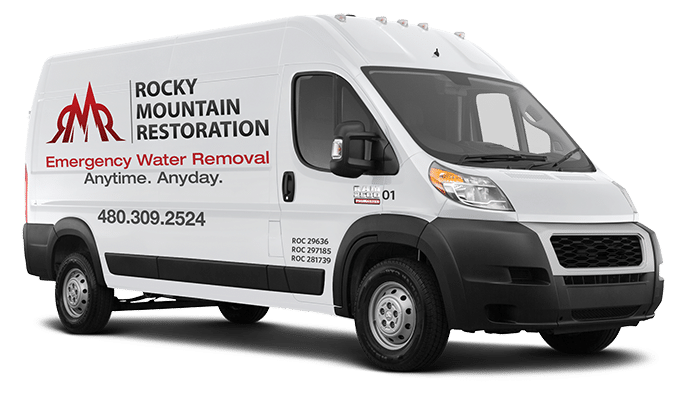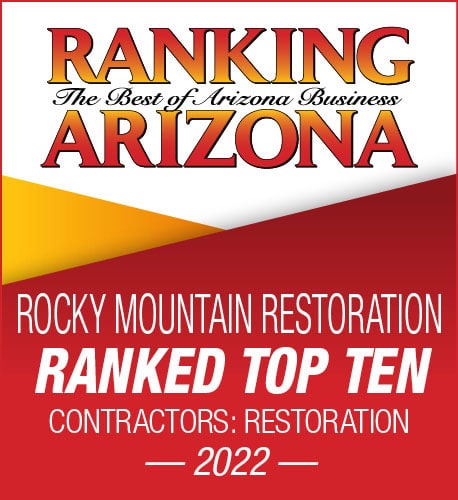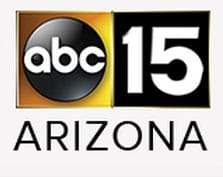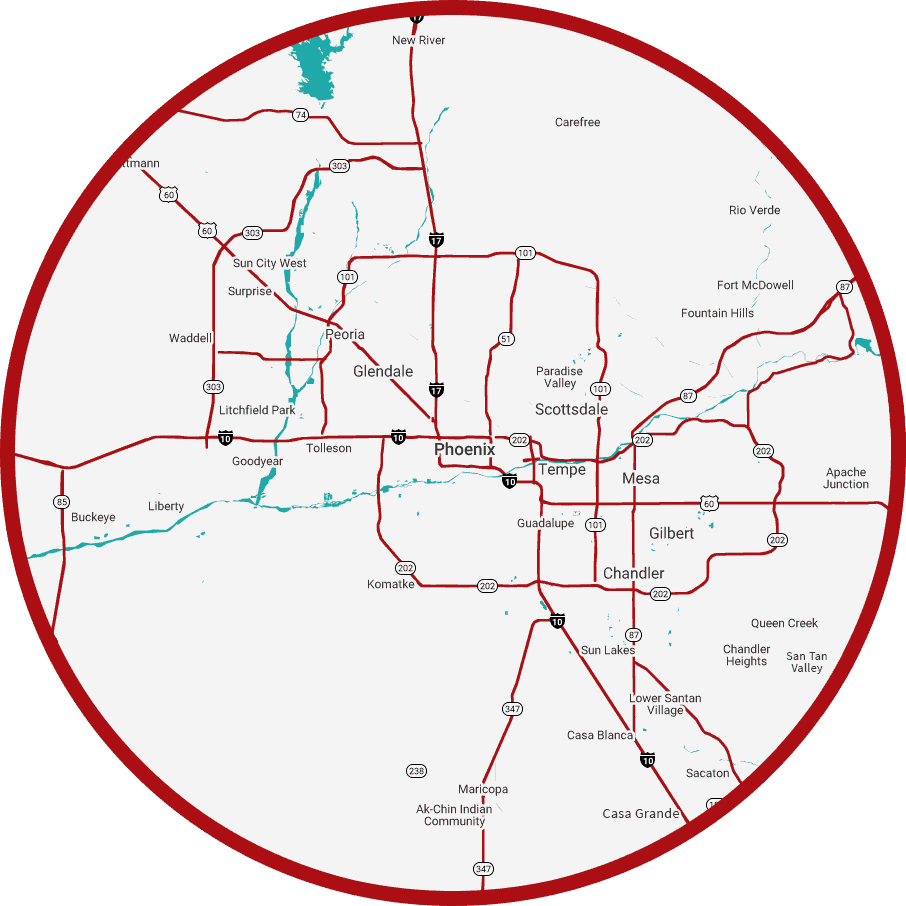Four Things To Do After A Disaster
Heavy wind and dust storms, often followed by extremely heavy rain can affect your business, home, and life. Even though tornadoes don’t happen a lot in Arizona, there are still three or four events each year, causing significant damage in the region. After a disaster has taken place, there are certain steps you should take to ensure you are safe, and that others will remain safe as well.
Here are four simple suggestions that may help.
- Stay safe, and respect instructions: Tornadoes, heavy rains and high winds may expose you to the physical threat of debris, glass, nails, and sharpened pieces of the collapsed or damaged structure. Depending on the nature of the catastrophe, there may still be an immediate, very real threat in an area that has been hit by the disaster. Don’t re-enter an area that has been hit by a natural disaster until you’ve been cleared, despite the natural instinct to do so. The best course of action is to follow instructions from agencies trained to respond to these situations.
- Keep communication lines open: Communication after a disaster is a two-way street; responders and other people on staff of a building may need to coordinate information on head counts, possible threats due to damage of sensitive or combustible materials, and other data that’s extremely relevant to the efforts that will follow a fire, flood, or high winds. It’s also very important to communicate any important information that you might have to the people who can make the most use from it. Never stay quiet about a potential threat that you may personally know about, or even suspect.
- It’s not over until it’s over: In the case of natural disasters, you may only have been exposed to the first part of a multi-part event. Earthquake aftershocks can still cause significant damage, and strong winds along with extremely heavy rains can continue to pose risks for hours or even days afterward. If there are emergency protocols that need to be followed, they should continue to be followed for your safety and the safety of others until the event has totally cleared. Professional instruction from responding agencies should give be able to give you the critical information you need, as well as a stronger sense of awareness of the situation.
- Call your trusted Disaster Recovery Contractor once it’s safe. The faster you can get in contact with a disaster clean-up and repair company, the sooner that you’ll be able to get the recovery process in motion after a serious disaster. Extensive documentation will likely be needed when you have damaged areas of a building, equipment, injuries, or deaths.
Professional services and agencies are often extremely important in helping to protect you in a disaster situation, and usually well equipped to make sure that everyone in the area is aware of the greater situation at handle. Even though you may feel completely focused on your current circumstances, remember that some disasters will hit multiple parts of a city or rural area, which can leading to other problems, such as downed power lines on the road once you are cleared to exit. Having a priority response contractor already lined up well in advance of any disaster is also an excellent idea! At a minimum, listen to your local emergency radio station, and pay attention to any new or developing details about the event so that you, your family, and your business can stay safe.












